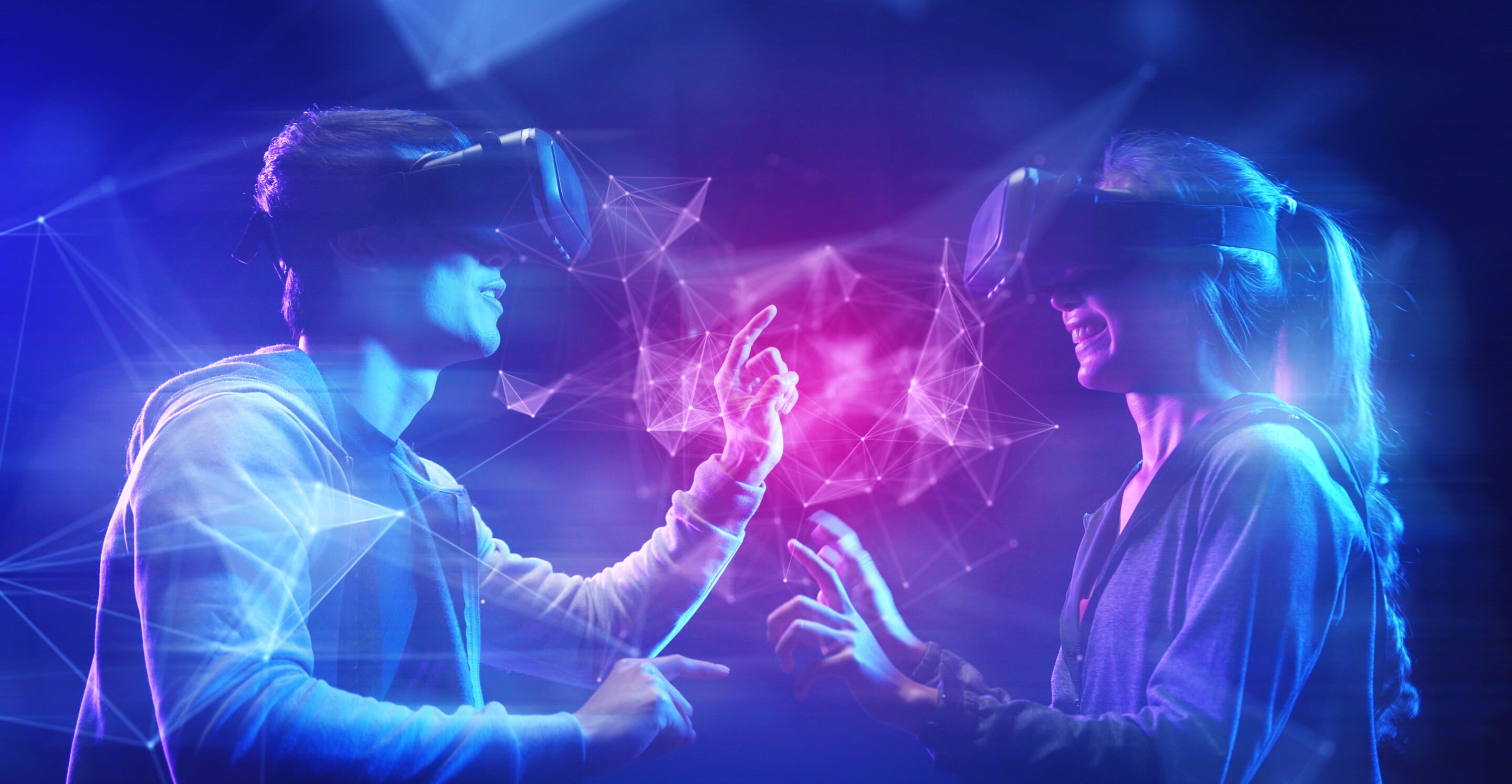
.Design Evolution: Metaverse Aesthetics Redefine Digital Spaces.Design Evolution: Metaverse Aesthetics Redefine Digital Spaces In the burgeoning realm of the metaverse, aesthetics are taking centerstage, shaping the virtual landscapes and user experiences that define these immersive digital environments. As the metaverse evolves, its aesthetics are undergoing a profound transformation, driven by cutting-edge technologies and the collective creativity of designers. Blurring the Lines Between Digital and Physical One defining characteristic of metaverse aesthetics is the seamless integration of digital and physical elements. Advanced graphics and spatial computing have brought forth virtual spaces that mimic the textures, lighting, and architectural styles found in the real world. This blurring of boundaries creates a sense of familiarity and immersion, allowing users to interact with their digital surroundings as if they were tangible objects. Embrace of Hyperreality Metaverse aesthetics often embrace hyperreality, where virtual environments transcend the limitations of physical space. Designers are creating otherworldly landscapes, such as floating islands, surreal cityscapes, and abstract worlds, that defy the laws of physics. This heightened sense of reality allows users to explore imaginative and transformative experiences. User-Generated Content and Customization The metaverse is not merely a passive experience; it is a space where users can create and shape their own digital worlds. User-generated content, from custom avatars to interactive environments, empowers individuals to express their unique style and creativity. This participatory approach results in a diverse and constantly evolving aesthetic landscape. Dynamic and Adaptive Metaverse aesthetics are not static. They adapt and respond to user preferences, moods, and the environment. Lighting can change to reflect the time of day, weather conditions can affect the appearance of virtual landscapes, and spaces can transform to suit the needs of the user. This dynamic nature enhances the immersive experience and keeps users engaged. Influences from Art and Design Metaverse aesthetics draw inspiration from various art movements and design principles. From the surrealism of Salvador Dali to the abstract expressionism of Jackson Pollock, designers are incorporating artistic techniques to create captivating virtual spaces. These influences contribute to the unique visual language of the metaverse. Implications for Businesses and Designers The evolution of metaverse aesthetics has profound implications for businesses and designers. Companies can harness the power of immersive experiences to connect with customers, enhance products, and drive innovation. Designers have a crucial role in shaping the look and feel of the metaverse, creating visually stunning and user-friendly environments that foster engagement and inspire wonder. As the metaverse continues to evolve, its aesthetics will play a central role in defining the user experience and shaping the future of digital interactions. By embracing cutting-edge technologies, encouraging user creativity, and drawing inspiration from the arts, metaverse designers are redefining what is possible in digital spaces and creating realms that captivate the imagination.
Posted inNews